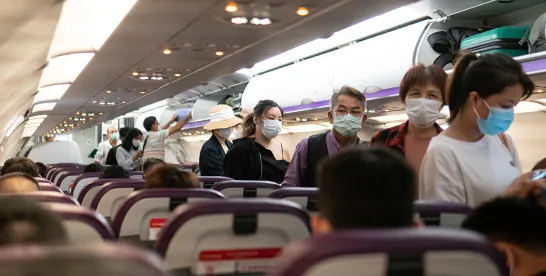Recognizing that current travel restrictions and the closure of consulates and embassies abroad has made it nearly impossible to bring new H-2A workers to the United States, the Department of Homeland Security (DHS) is expected to release a rule in the Federal Register on April 20 to address this problem. The unpublished draft of the rule states that:
-
Employers will be able to petition to employ foreign workers who are already in the United States in H-2A status but working for another employer who no longer needs their services;
-
Such workers will be able to start working for a new employer upon the new employer’s filing of a petition with USCIS;
-
Immediate work authorization will last for 45 days from the date of the receipt notice while the case is still pending; and
-
H-2A workers will be able to remain in the United States beyond the current three-year limit.
The H-2A visa process has long been essential to agriculture in the United States. The program allows agricultural employers who anticipate a shortage of domestic workers to bring nonimmigrant foreign workers to the U.S. to perform agricultural labor services of a temporary or seasonal nature.
During the COVID-19 national emergency, maintaining agricultural workers is particularly important as the country endeavors to avoid disruptions in the food supply chain.
While there is no numerical limit on the number of H-2A visas available annually, obtaining H-2A visas is a complex regulatory process with three major steps:
-
The employer must file a labor certification with the Department of Labor (DOL) to prove there are not sufficient able, willing, and qualified U.S. workers to perform the work;
-
The employer must file a petition with USCIS; and
-
The prospective employee must apply for a visa at an embassy or consulate abroad.
Recognizing the importance of having enough H-2A workers, the Administration has taken steps to simplify the process, including:
-
Waiver of certain regulatory timeframes;
-
Employers may have workers perform duties not specifically listed on the work orders;
-
Employers may move workers to different worksites; and
-
Flexibility with start dates and deadlines.
DOL also has made it easier to change the housing provided for H-2A workers when that flexibility is needed to protect the workers from COVID-19.
The new temporary rule is expected to remain in effect for 120 days following publication in the Federal Register (August 18, 2020). DHS will announce later if the temporary rule will be extended.




 />i
/>i

